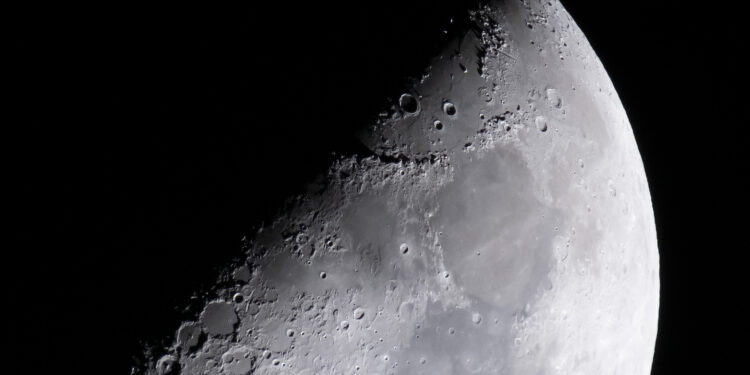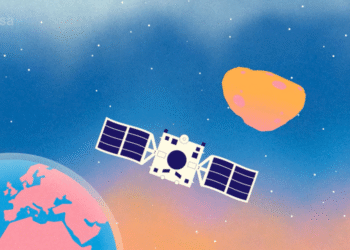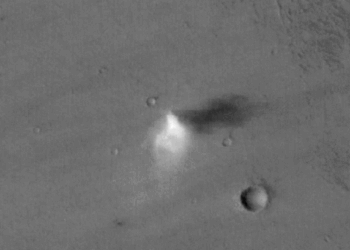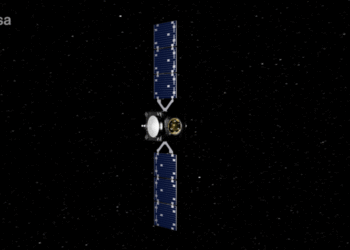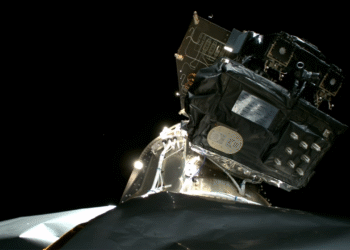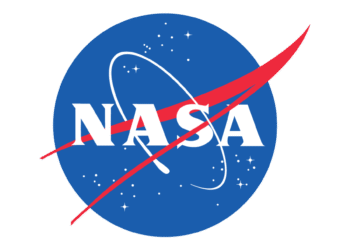The Artemis Program by NASA marks a new era of lunar exploration, aiming to land “the first woman and the next man” on the Moon by the mid-2020s. This ambitious initiative not only seeks to pave a sustainable path to the Moon but also plans to establish the foundation for human missions to Mars.
Key Objectives
The primary objectives of the Artemis Program include:
- Landing on the Moon’s South Pole, a region rich in ice, which can be converted to oxygen and hydrogen for fuel.
- Developing a sustainable human presence on the Moon by establishing lunar operations.
- Demonstrating new technologies, capabilities, and partnerships that will be critical for future space exploration.
Program Phases
The Artemis Program is divided into three main phases:
- Artemis I: An uncrewed mission planned to orbit the Moon and return to Earth, testing the Space Launch System and Orion spacecraft as an integrated system.
- Artemis II: The first crewed mission around the Moon, scheduled to fly in a figure-eight pattern before safely returning astronauts to Earth.
- Artemis III: This mission will land astronauts on the Moon, including the historic first landing of a woman on the lunar surface.
Scientific and Technological Advancements
The Artemis Program aims to facilitate numerous scientific discoveries and promote several technological advancements. By exploring the Moon’s polar regions, scientists expect to gain insights into the Moon’s composition and history.
Moreover, innovations developed under the Artemis initiative will support the broader goal of sustainable human exploration of Mars and beyond, leveraging international and commercial partnerships to achieve these objectives.
For more detailed information, you can visit the official NASA page.


